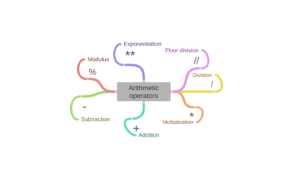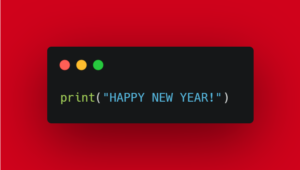Getting input from the user is what makes a program more interactive with the user.
Hence, in Python we have an input function: input(), to receive input from the user.
Take a look at an example.
Output:
Enter any data:Happy new year!
Happy new year!input function under the hood
- When input() function is encountered by Python, the program will pause until the user enters data.
- Later, any input entered by the user will be converted into a string. Let’s see another example to understand this point.

Output:
Enter any text: Have a great year ahead.
text: Have a great year ahead. , type: <class 'str'>
Enter any number: 2021
number: 2021 , type: <class 'str'>- So, in these cases make sure that you convert the input to your preferred data type using its corresponding constructors. Let’s see that example too.

Output:
Enter any number: 2021
number: 2021 , type: <class 'int'>Best Resources
- Python Blog Series: A Blog series where I will be learning and sharing my knowledge on each of the above topics.
- Learn Python for Free, Get Hired, and (maybe) Change the World!: A detailed roadmap blog by Jayson Lennon (a Senior Software Engineer) with links to free resources.
- Zero To Mastery Course – Complete Python Developer: A comprehensive course by Andrei Neagoie (a Senior Developer) that covers all of the above topics.
Who Am I?
I’m Aswin Barath, a Software Engineering Nerd who loves building Web Applications, now sharing my knowledge through Blogging during the busy time of my freelancing work life. Here’s the link to all of my socials categorized by platforms under one place: https://linktr.ee/AswinBarath
Thank you so much for reading my blog🙂.







